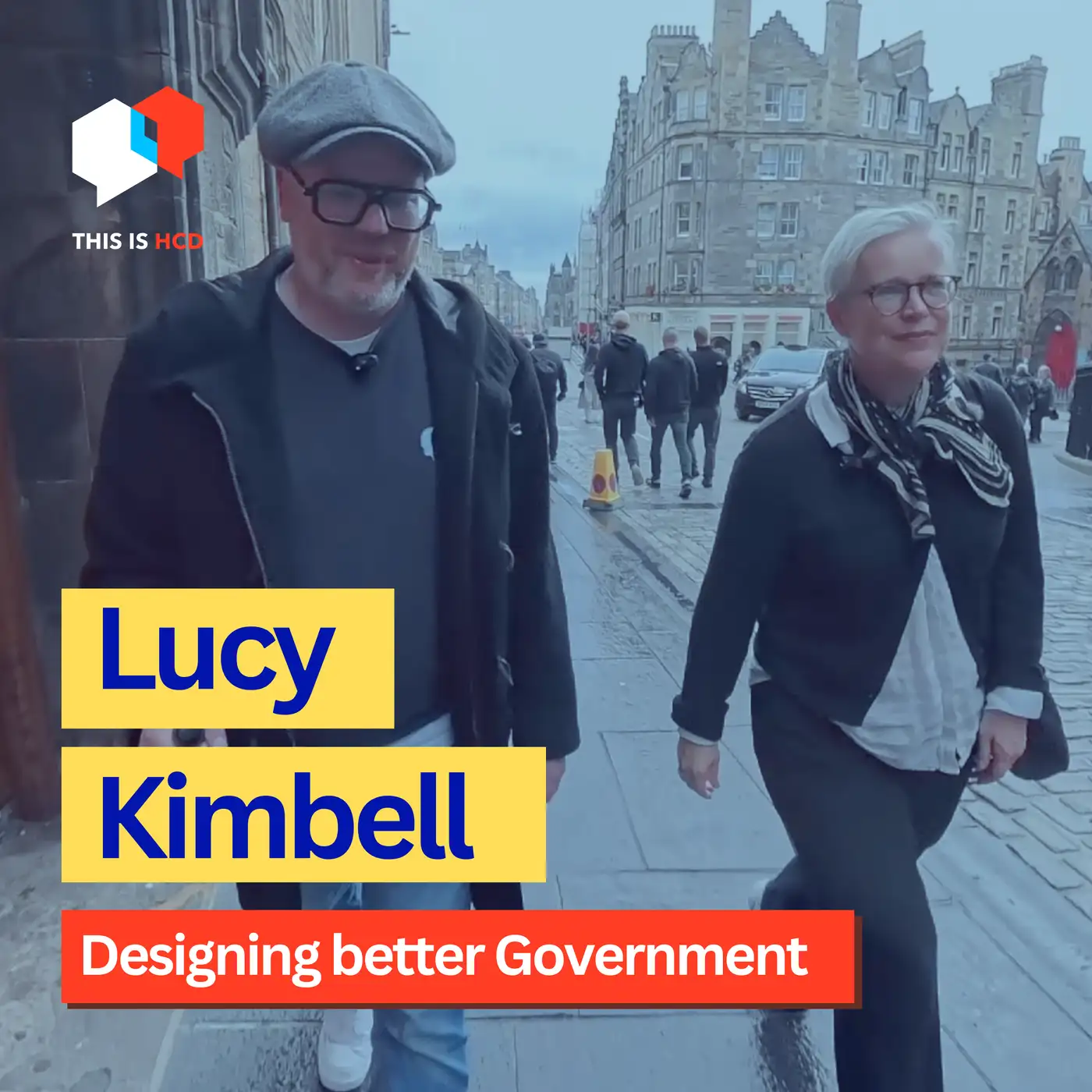🎉 Gerry Scullion is writing a new book 'This is Human Centered Design' with BIS Publishers. Want to get early access, share your feedback, and submit a case study to be featured in the book?
In this episode, stand in host Richard McMurray, service designer from the UK, meets Maren Hotvedt, service designer at Atlassian in the U.S., and Marc Stickdorn, service design expert from Austria. They delve into the world of customer journey management operations and discuss the practical application of journey maps as decision-making tools within organizations. Our host and guests share insights from their experiences, emphasizing the need for flexibility, scalability, and effective communication across teams.
This transcript was created using the awesome, Descript. It may contain minor errors.
Here's our last three episodes from This is HCD.


